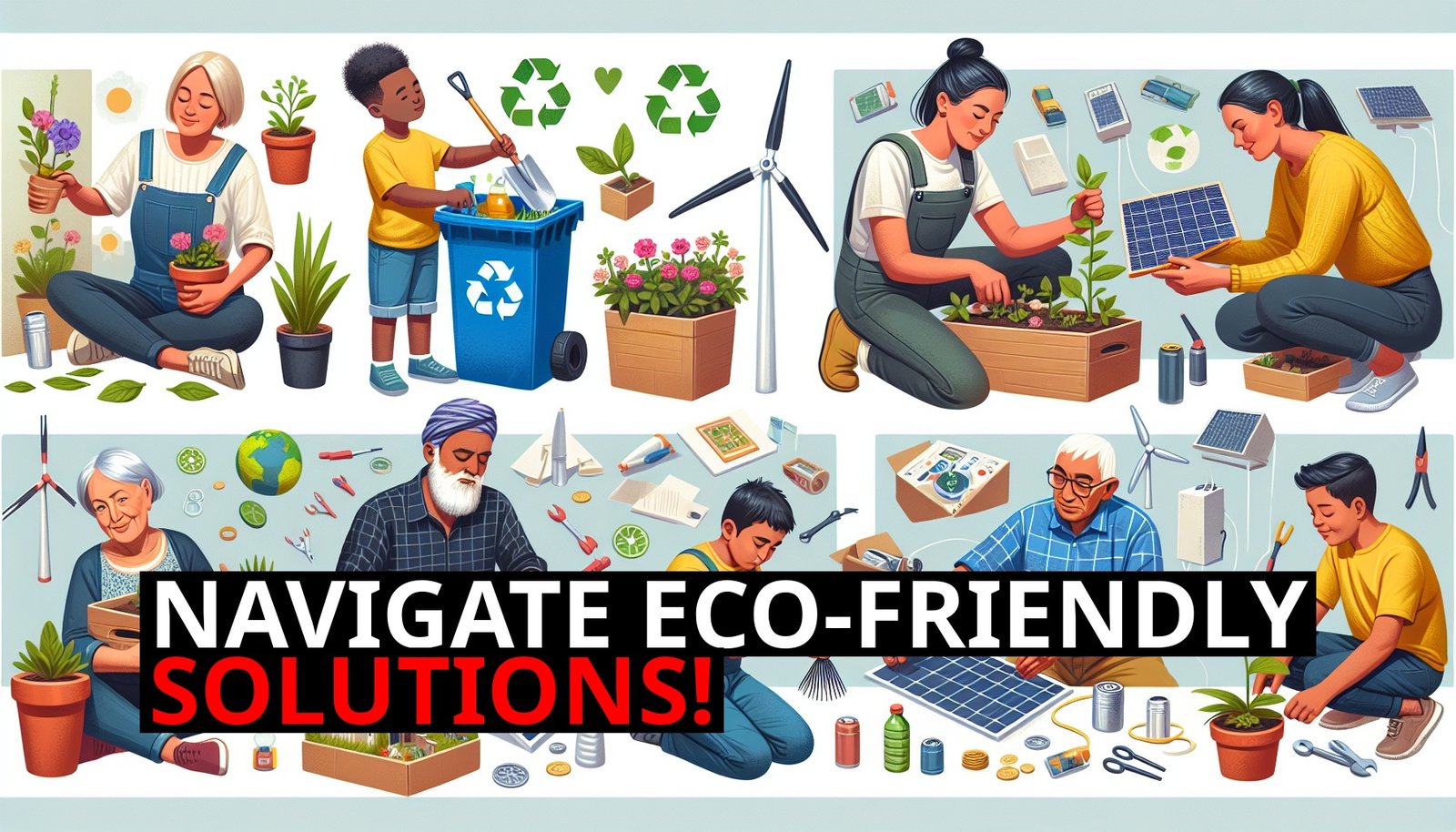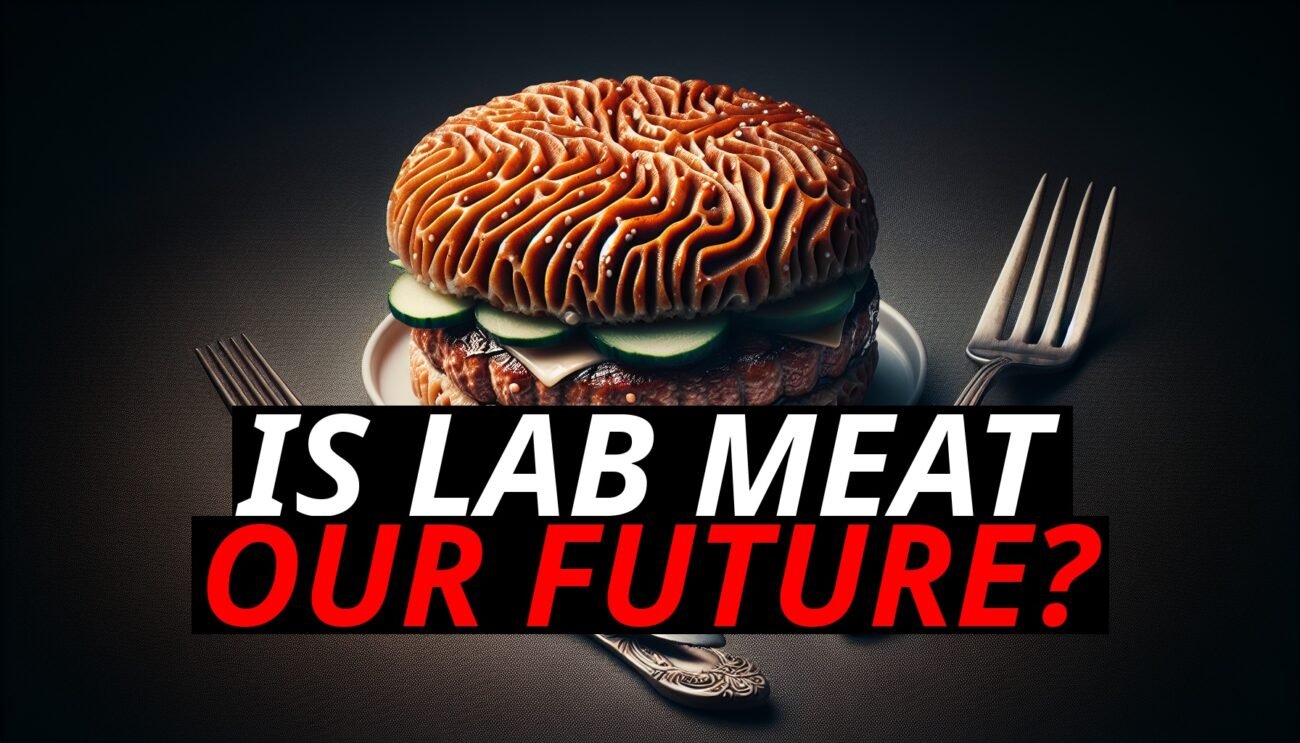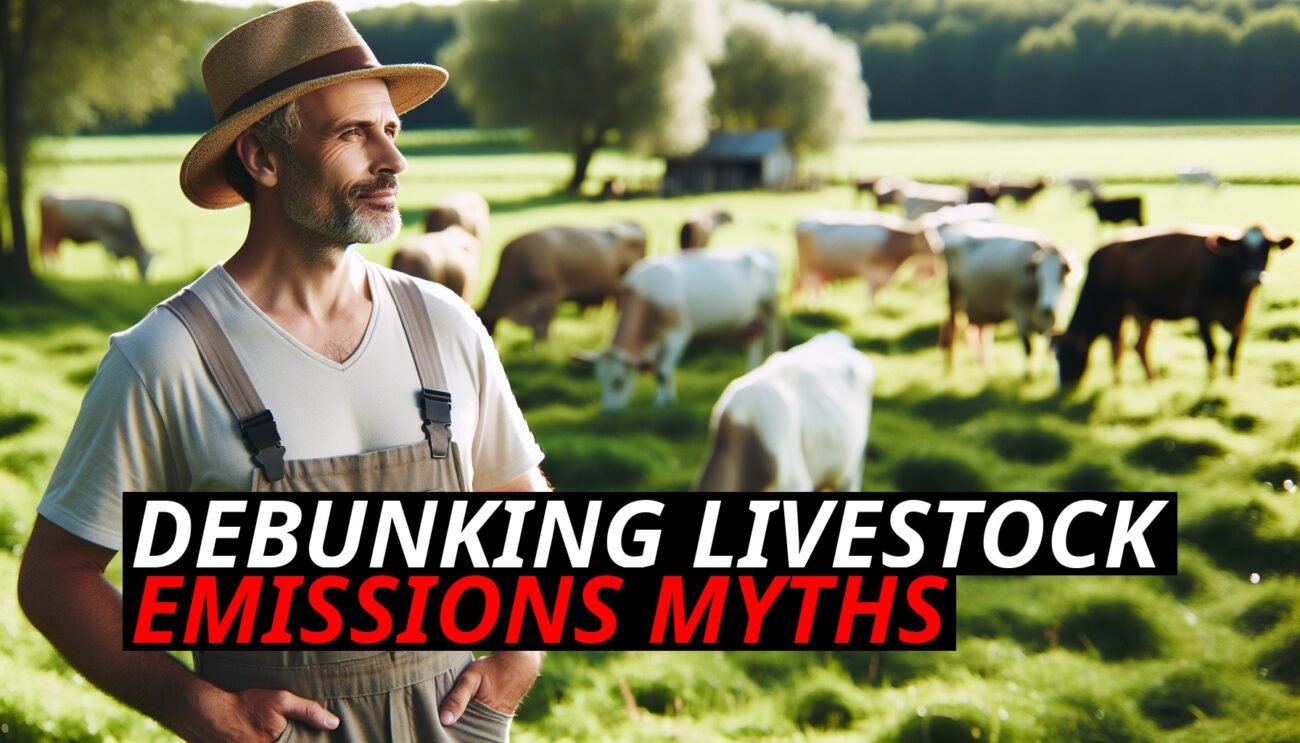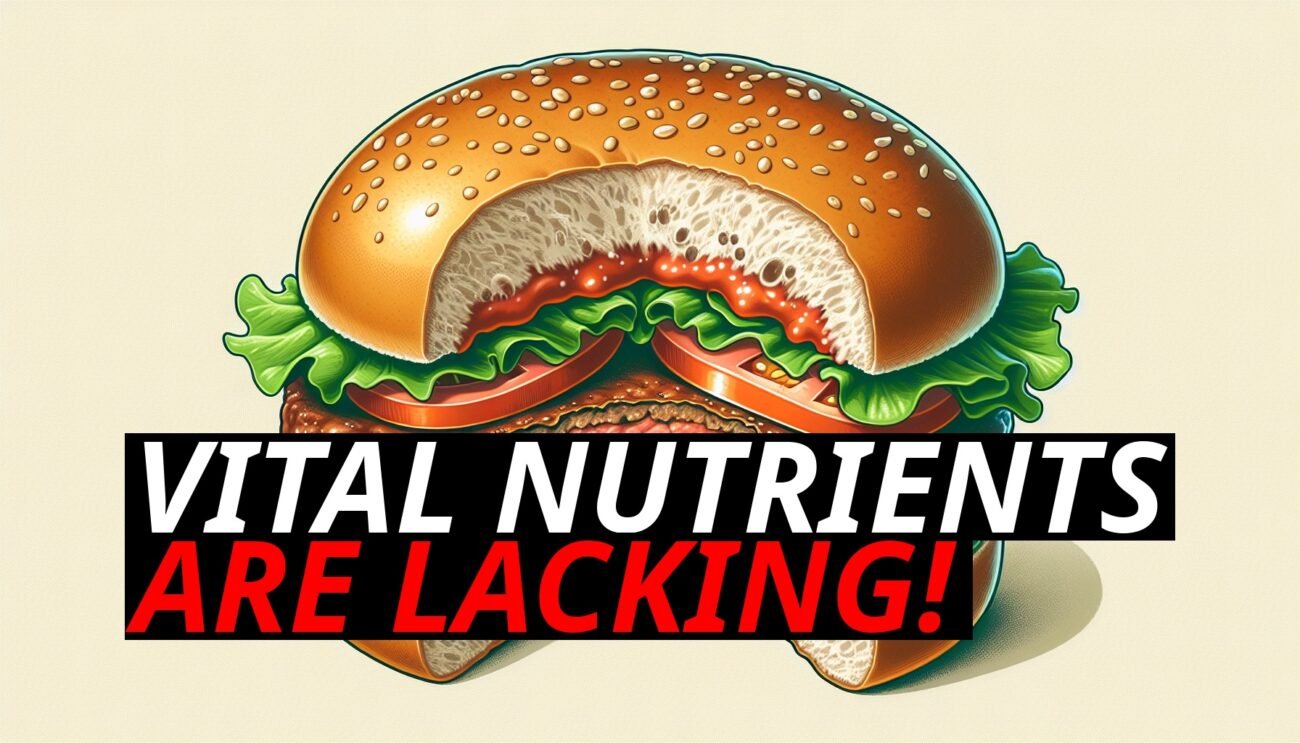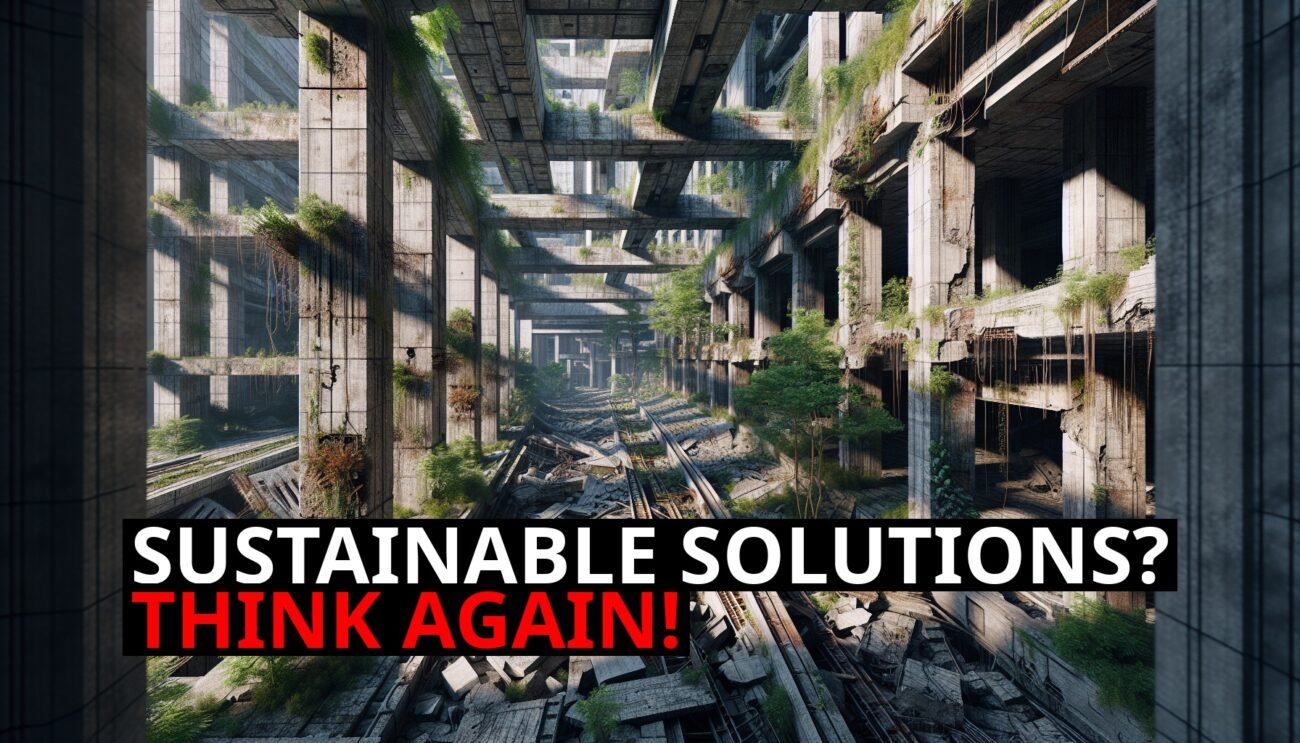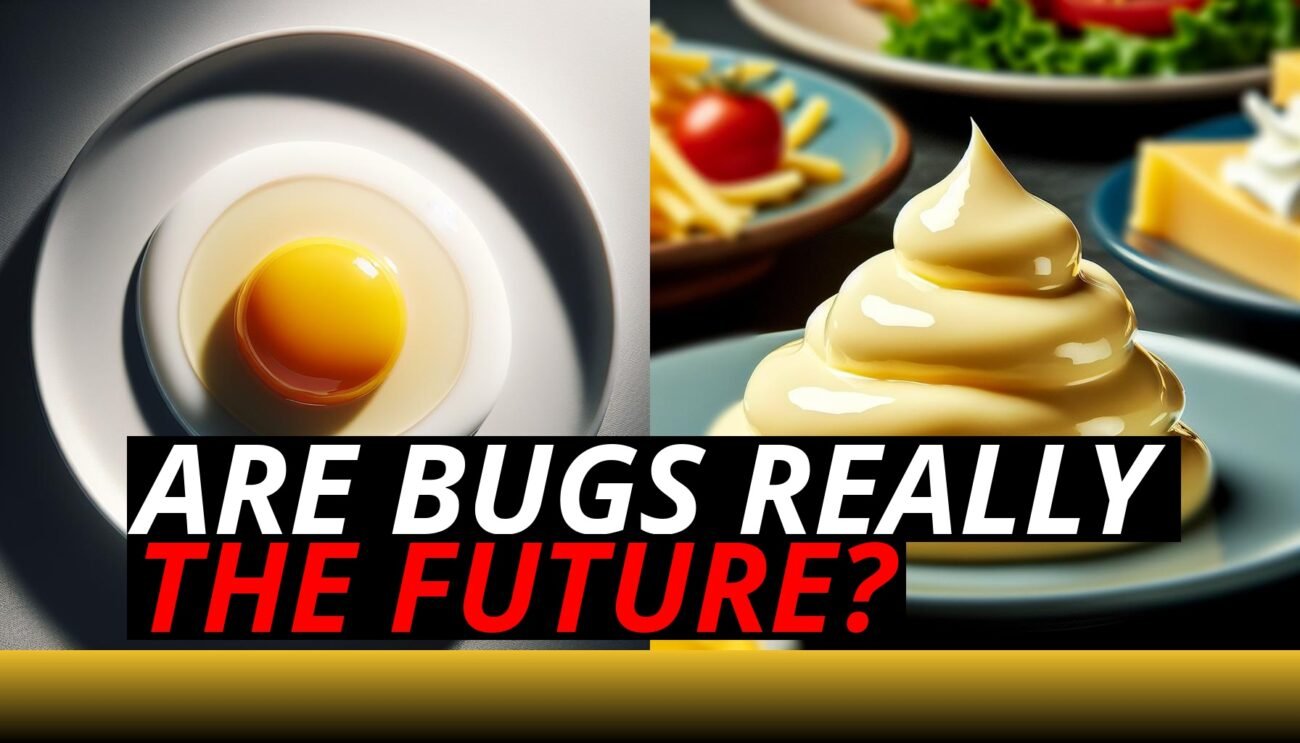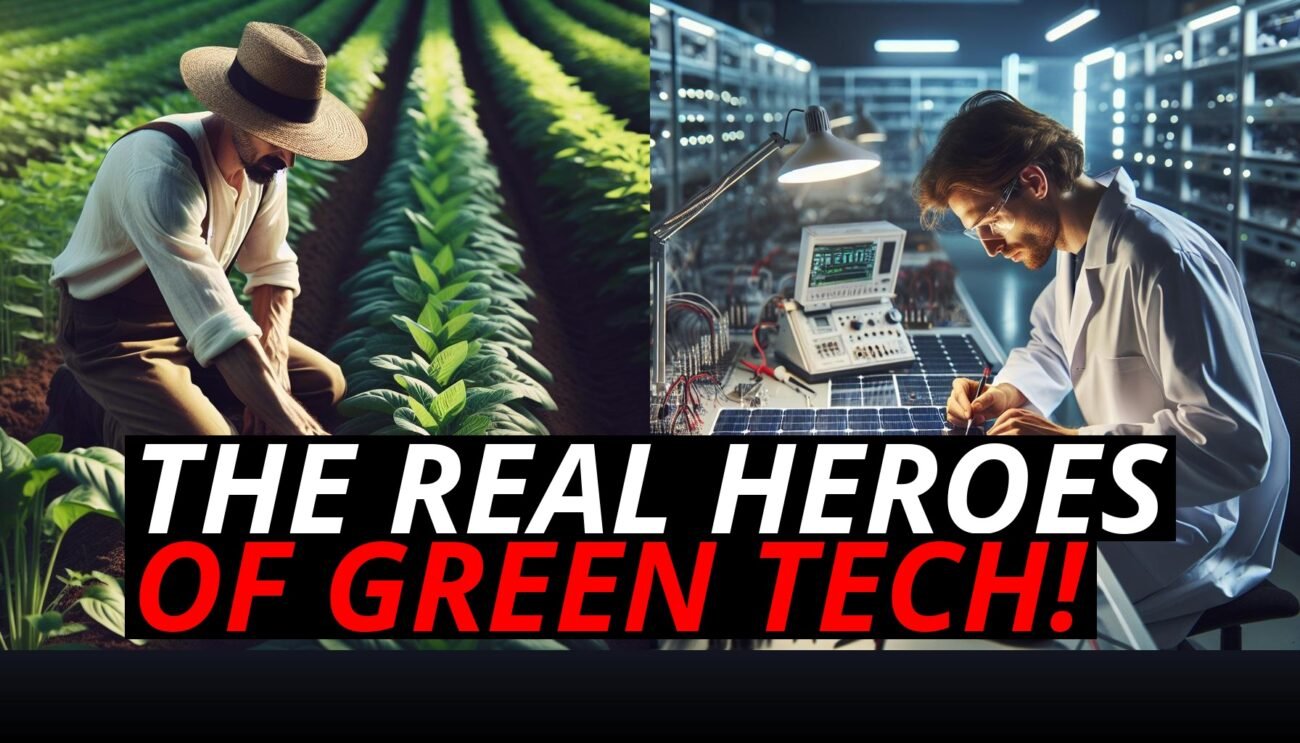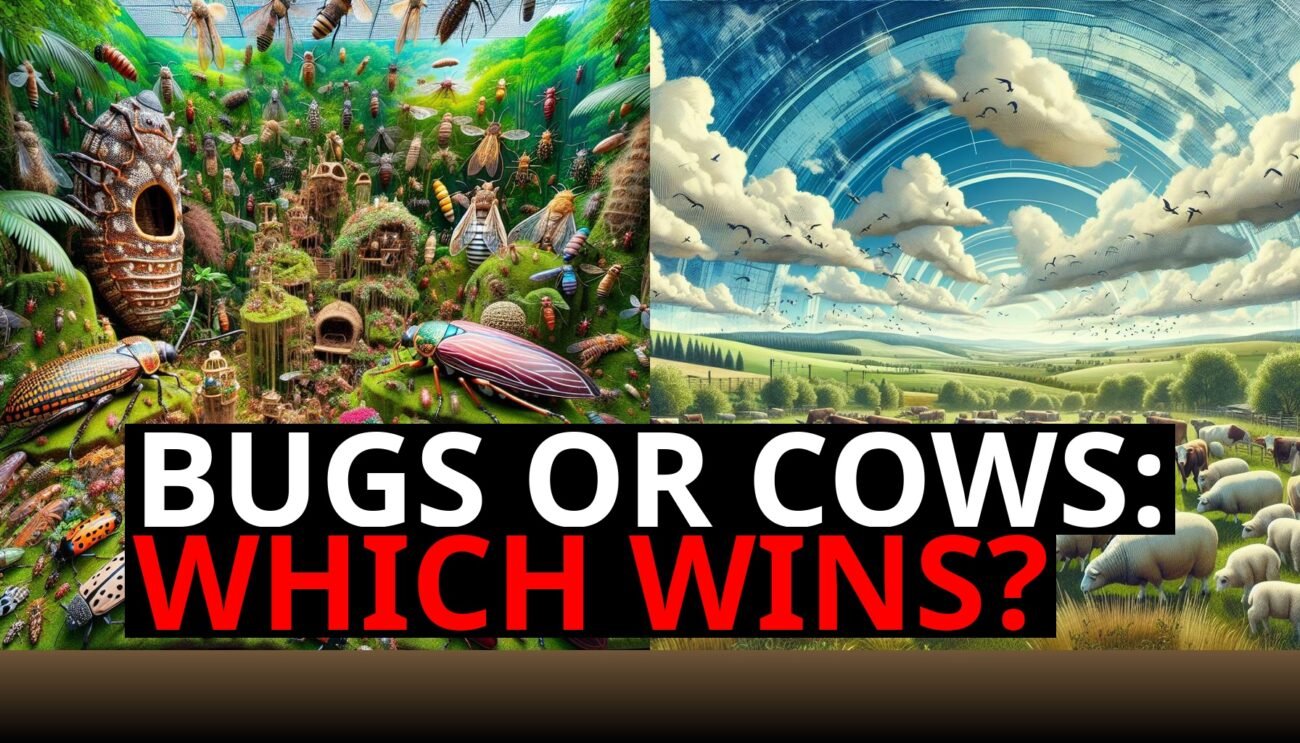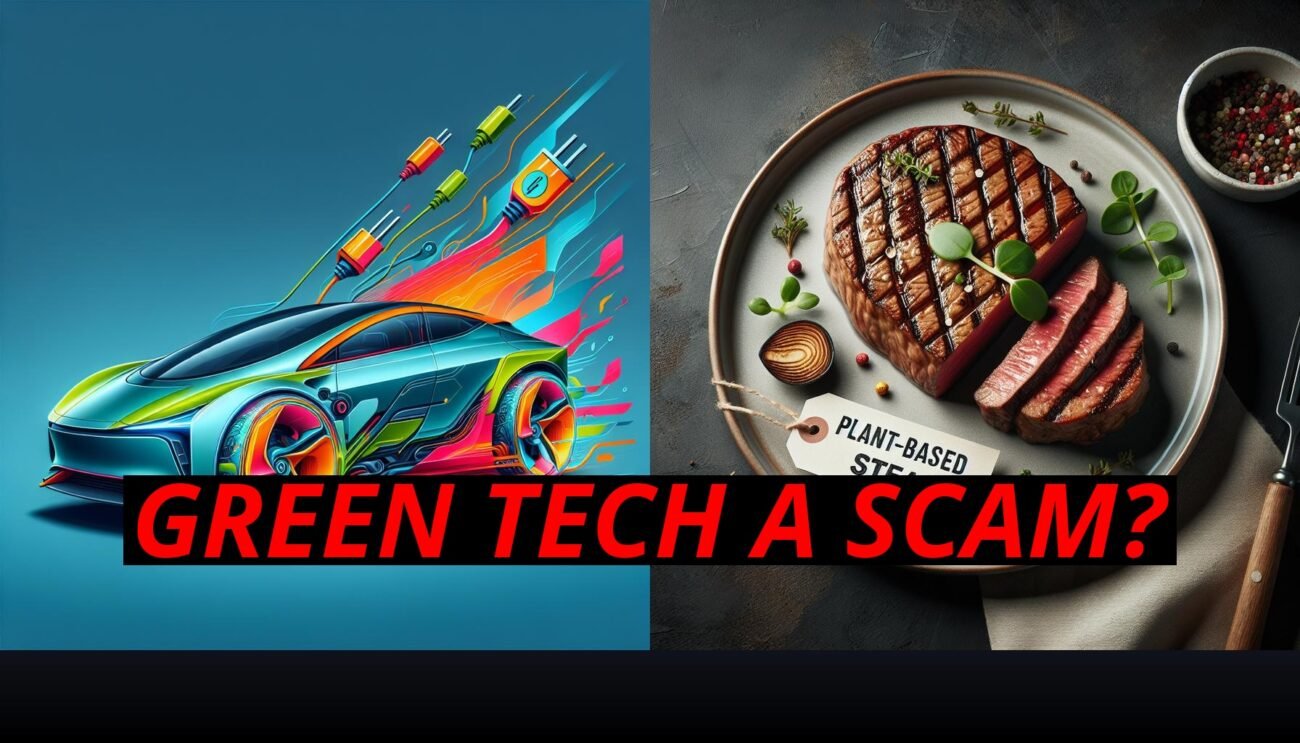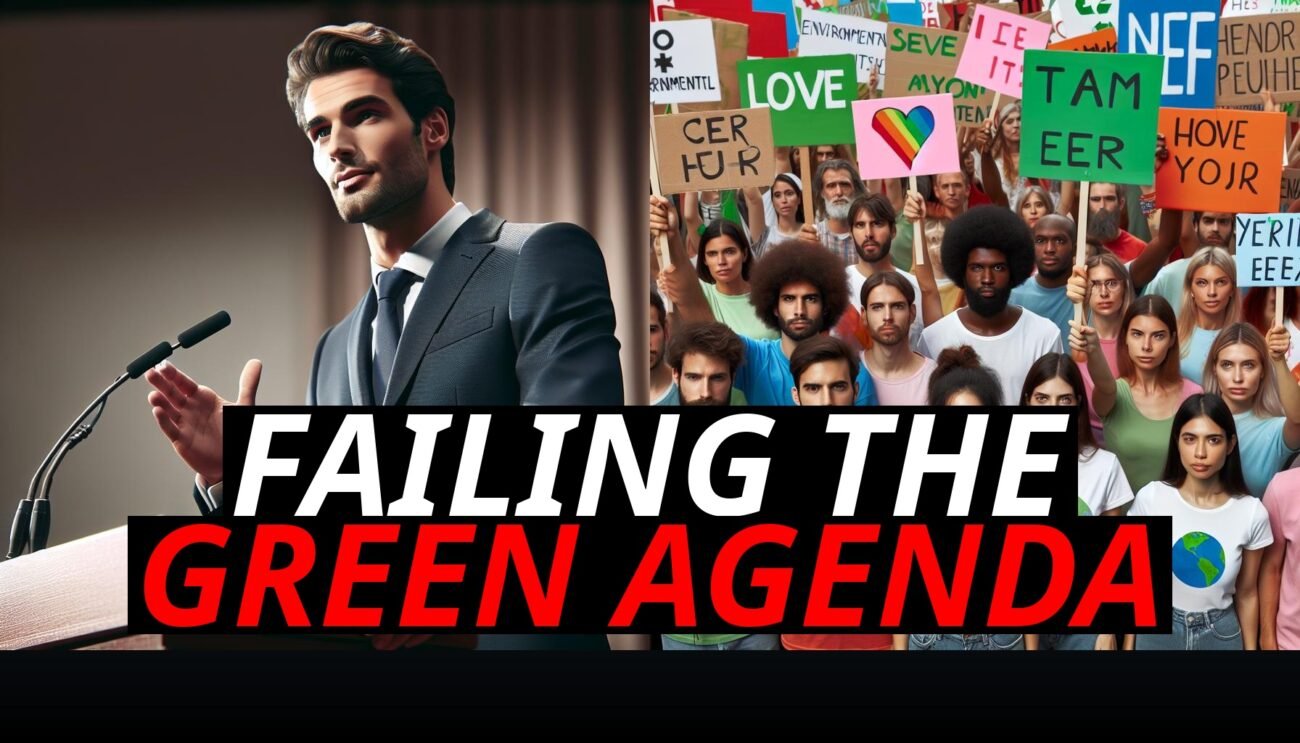Sustainability: More Than Just A Buzzword
Everyone’s talking about sustainability these days—from politicians to tech startups to your neighbor who just installed solar panels. But in a world where “eco-friendly” and “sustainable” are slapped onto everything from shampoo bottles to corporate mission statements, it’s easy to wonder: what does sustainability actually mean? And, more importantly, what solutions are truly effective? Let’s break down how sustainability fits into our lives and what solutions really move the needle.
What Does Sustainability Mean?
Sustainability is the practice of meeting current needs without compromising the ability of future generations to meet theirs. It’s a broad term that encompasses three main pillars:
- Environmental: Conserving natural resources and reducing waste to protect the planet.
- Economic: Supporting economic growth that doesn’t deplete resources or harm the environment.
- Social: Ensuring practices that promote well-being and equity across societies.
Balancing these pillars is crucial for creating solutions that last beyond the next big trend.
The Challenge Of Implementing Sustainable Solutions
While the concept of sustainability sounds simple, implementing it in real life is far more complex:
- Resource Management: Deciding which natural resources to conserve and how to manage them efficiently is a major challenge. Should we prioritize water use over energy conservation? What about protecting forests versus developing renewable energy infrastructure?
- Technology vs. Nature: Innovations like lab-grown meat, electric vehicles, and vertical farming often make headlines as sustainability heroes. But these solutions come with their own sets of challenges, from energy consumption to scalability.
- Public Perception: Getting people on board with sustainable practices means balancing the need for education with practical, real-world applications. If sustainable choices aren’t accessible or affordable, they’re less likely to be adopted widely.
Real Solutions: What Works And What Doesn’T
Sifting through countless “green” solutions can be daunting. Let’s look at some practices that hold real potential and some that might need a second glance.
Renewable Energy: The Backbone Of Sustainable Change
Renewable energy sources like solar, wind, and hydroelectric power are essential for reducing our carbon footprint. Here’s why they work:
- Reduces Dependence on Fossil Fuels: Shifting to renewables helps decrease CO2 emissions, addressing one of the main contributors to climate change.
- Economic Growth: Investing in renewable energy technologies can create jobs and spur economic growth without depleting natural resources.
However, renewables aren’t without their drawbacks:
- Energy Storage: The sun doesn’t always shine, and the wind doesn’t always blow. Storing renewable energy efficiently remains a significant hurdle.
- Resource Use: Building renewable energy systems requires rare earth minerals and resources, raising questions about mining practices and environmental impact.
Sustainable Agriculture: Beyond The Buzzwords
Agriculture is at the heart of sustainability discussions, especially as the global population continues to grow. Here’s what works:
- Regenerative Farming: Techniques like rotational grazing and cover cropping help restore soil health and sequester carbon, making farms more resilient and productive over time.
- Utilizing Crop Byproducts: Feeding livestock with crop byproducts reduces waste and contributes to a circular economy, where resources are reused instead of discarded.
Challenges remain:
- Water Use: Even with efficient practices, agriculture can be water-intensive, raising concerns in areas prone to drought.
- Balancing Production and Conservation: Ensuring enough food production while conserving land for ecosystems is an ongoing challenge.
Circular Economy: Waste Not, Want Not
The idea of a circular economy is to design products and systems so that waste is minimized and resources are continuously reused. This practice moves away from the traditional “take, make, dispose” model:
- Recycling and Upcycling: These processes help extend the life of materials, reducing the demand for new resources.
- Design for Longevity: Creating products that are built to last and can be easily repaired or repurposed can reduce environmental impact.
But there are limitations:
- Recycling Inefficiencies: Not all materials are recyclable, and recycling processes can still be energy-intensive.
- Consumer Behavior: A circular economy relies heavily on people participating, which can be influenced by convenience and costs.
The Role Of Technology: A Double-Edged Sword
Technological innovations like electric vehicles (EVs) and lab-grown meat are marketed as sustainable solutions, but they come with caveats:
- Electric Vehicles: EVs produce no tailpipe emissions, but their sustainability depends on how the electricity is generated. If powered by coal-based grids, the environmental benefits decrease.
- Lab-Grown Meat: While it promises reduced land use and animal welfare benefits, the energy required for production can be substantial. Until renewable energy dominates, lab-grown meat may not be as eco-friendly as advertised.
Small Steps, Big Impacts: What You Can Do
Individual actions might feel small compared to global efforts, but they add up:
- Mindful Consumption: Opt for products that are built to last and can be repaired or recycled.
- Reduce Food Waste: Plan meals and store food properly to minimize what ends up in the landfill.
- Support Sustainable Practices: Choose to buy from companies and farmers that prioritize sustainability.
These steps not only help the environment but also encourage industries to adapt and innovate more sustainable practices.
Moving Forward: Blending Innovation And Tradition
The best path to sustainability isn’t just about choosing between high-tech solutions and traditional practices—it’s about finding the right blend:
- Hybrid Approaches: Combining advanced technology with time-tested methods, like regenerative farming and renewable energy, can offer balanced solutions.
- Community Involvement: Local efforts can make a significant difference. Community gardens, shared resources, and educational programs can foster a culture of sustainability.
Final Thoughts: A Shared Responsibility
Sustainability isn’t just a box to check—it’s a continuous effort that requires balancing innovation, resource management, and human behavior. Solutions that work harmonize the needs of the environment, the economy, and society. By understanding the intricacies and working toward realistic, scalable solutions, we can create a sustainable future that benefits everyone.

